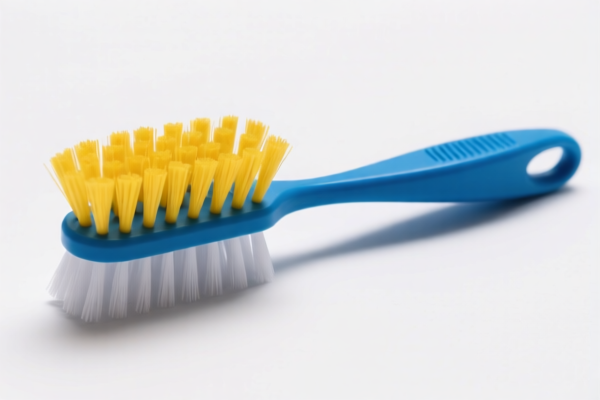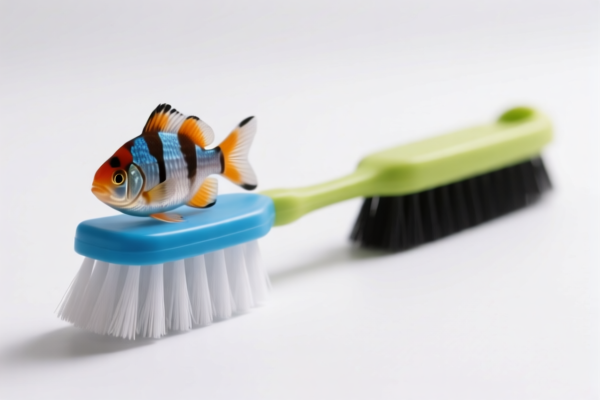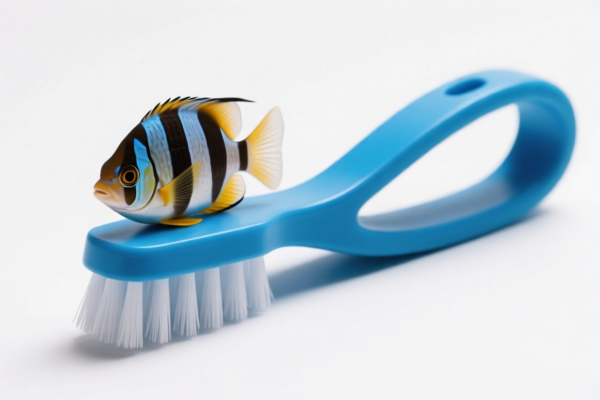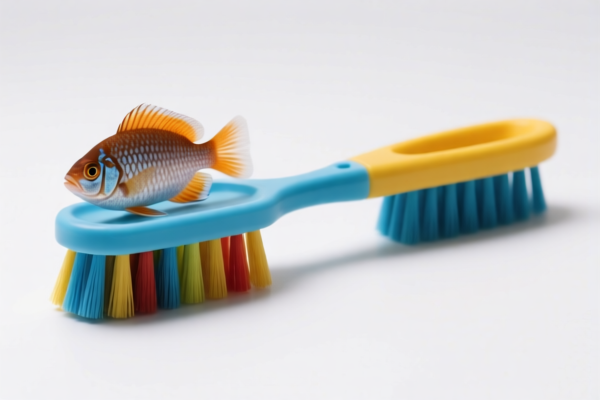| HS Code | Official Doc | Tariff Rate | Origin | Destination | Effective Date |
|---|---|---|---|---|---|
| 6914108000 | Doc | 64.0% | CN | US | 2025-05-12 |
| 6914908000 | Doc | 60.6% | CN | US | 2025-05-12 |
| 6909900000 | Doc | 59.0% | CN | US | 2025-05-12 |
| 6909195095 | Doc | 59.0% | CN | US | 2025-05-12 |
| 8205513030 | Doc | 58.7% | CN | US | 2025-05-12 |
| 8205598000 | Doc | 58.7% | CN | US | 2025-05-12 |
| 8206000000 | Doc | The rate of duty applicable to that article in the set subject t+30.0% | CN | US | 2025-05-12 |
| 8201906000 | Doc | 55.0% | CN | US | 2025-05-12 |
| 8201904000 | Doc | 55.0% | CN | US | 2025-05-12 |
| 8306100000 | Doc | 35.8% | CN | US | 2025-05-12 |
| 8306290000 | Doc | 30.0% | CN | US | 2025-05-12 |
| 3926901000 | Doc | 40.9% | CN | US | 2025-05-12 |
| 3926909910 | Doc | 42.8% | CN | US | 2025-05-12 |
| 3924104000 | Doc | 33.4% | CN | US | 2025-05-12 |
| 3924905650 | Doc | 40.9% | CN | US | 2025-05-12 |
| 9603294090 | Doc | 0.2¢ each + 7%+30.0% | CN | US | 2025-05-12 |
| 9603500000 | Doc | 37.5% | CN | US | 2025-05-12 |




Fish Tank Cleaning Brush
A fish tank cleaning brush is a tool used to remove algae and debris from the surfaces of aquarium tanks, decorations, and substrates. These brushes are essential for maintaining a healthy and visually appealing aquatic environment.
Material:
- Handle: Typically constructed from plastic, often polypropylene, for durability and resistance to water degradation. Some models feature ergonomic grips for comfort.
- Bristles: Commonly made from nylon, polypropylene, or a combination of materials. Bristle stiffness varies based on intended use. Softer bristles are used for delicate surfaces like acrylic tanks, while stiffer bristles are suitable for glass and tougher algae. Some brushes incorporate abrasive materials for stubborn deposits.
- Magnetic Brushes: Utilize magnets to allow cleaning from both sides of the glass tank, eliminating the need to put hands in the water. The exterior magnet is moved along the outside of the tank, while the interior magnet cleans the inside surface.
Purpose:
- Algae Control: The primary function is to remove algae growth, preventing it from obstructing light, reducing oxygen levels, and impacting the aesthetic appeal of the tank.
- Debris Removal: Cleans accumulated fish waste, uneaten food, and other organic matter from tank walls, gravel, and decorations.
- Water Quality Maintenance: By removing debris, the brush contributes to improved water quality and a healthier environment for aquatic life.
Function:
Cleaning brushes work through manual scrubbing action. The bristles dislodge algae and debris, which are then removed through the aquarium's filtration system or via water changes. Magnetic brushes rely on the attraction between magnets to transfer the cleaning force through the glass.
Usage Scenarios:
- Regular Maintenance: Used weekly or bi-weekly to prevent significant algae buildup.
- Spot Cleaning: Addresses localized algae growth or debris accumulation.
- New Tank Setup: Helps to establish a clean environment during initial tank cycling.
- Tank Rescaping: Cleans surfaces before and after rearranging decorations or substrate.
Common Types:
- Handheld Brushes: The most common type, available in various sizes and bristle stiffnesses for different tank sizes and cleaning needs.
- Long-Handled Brushes: Designed for larger tanks, providing extended reach to clean hard-to-access areas.
- Magnetic Brushes: Consist of two magnets, one attached to an internal brush and the other to an external scraper. Ideal for tanks with delicate surfaces or difficult access. Available in various sizes to match tank thickness.
- Gravel Vacuums with Brush Attachment: Combines a gravel vacuum with a brush to clean the substrate while removing debris.
- Specialty Brushes: Include brushes designed for specific tasks, such as cleaning filters, decorations, or narrow tubing.
- Acrylic-Safe Brushes: Feature exceptionally soft bristles to prevent scratching acrylic tank surfaces.
The declared goods, a fish tank cleaning brush, is a tool primarily used for maintaining the cleanliness of aquariums. It consists of a handle and abrasive bristles, designed to remove algae and debris from the interior surfaces of fish tanks. Its application is limited to aquatic environments, specifically for cleaning glass, acrylic, or other tank materials.
Here are the relevant HS codes based on the provided reference material:
- 3926.90.90 - Other articles of plastic, not elsewhere specified or included. This code covers a broad range of plastic articles, and a fish tank cleaning brush, if made of plastic, would fall under this category. The 'Other' designation indicates it doesn't fit into more specific plastic article classifications.
- 4821.10.00 - Tampons, menstrual pads and similar articles. While seemingly unrelated, the reference material notes that brushes, including those for cleaning, can be classified here if they are specifically designed for hygiene purposes. However, this is less likely for a standard fish tank cleaning brush.
- 6806.10.00 - Mineral wool, glass wool and rock wool, in rolls or sheets. This code is included as the reference material states brushes may contain these materials.
- 9603.90.00 - Other brooms, brushes, feather dusters, shoe brushes, etc. This code is a general category for various types of brushes. The 'Other' designation suggests it doesn't fall into more specific brush classifications.
Regarding HS code 9603.90.00, please note that the material composition of the brush is a key factor in determining the correct classification. If the brush contains animal hair, it may require further investigation. Additionally, the reference material indicates that brushes with a value exceeding $5 per kilogram may require a specific certificate of origin.
Customer Reviews
I was impressed with how clearly the HS code 3925 and 5% tariff rate were presented. This was exactly the kind of information I needed for my export plans.
The details on the 5% tariff rate and HS code 3925 were helpful. I’m glad I found this before I started exporting, but I wish there were more regional breakdowns.
This page saved me time. The HS code 3925 and 5% tariff rate were clearly explained. Perfect for someone new to exporting plastic doors.
The information on HS Code 3925 was spot on. The tariff rate of 5% was easy to find, but I would have liked a link to more detailed trade regulations.
I was looking for HS code details for plastic builder’s doors, and this page had exactly what I needed. The 5% tariff rate was clearly stated.